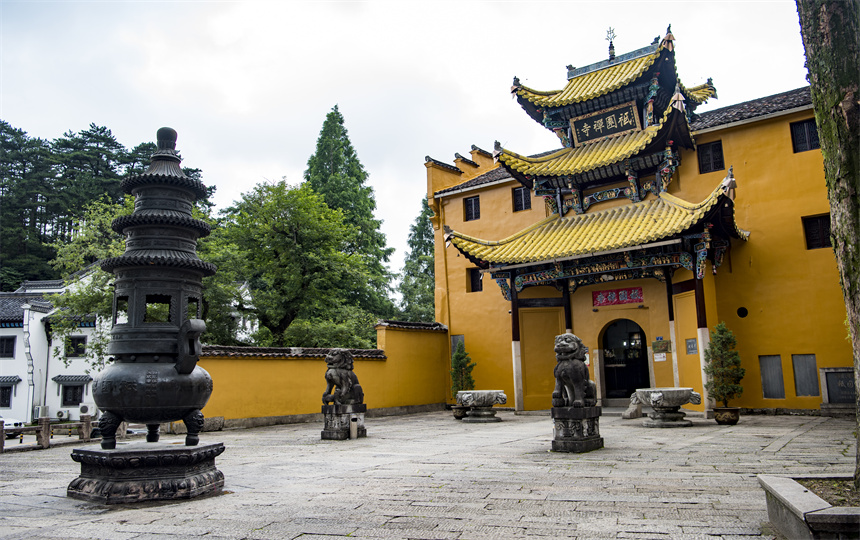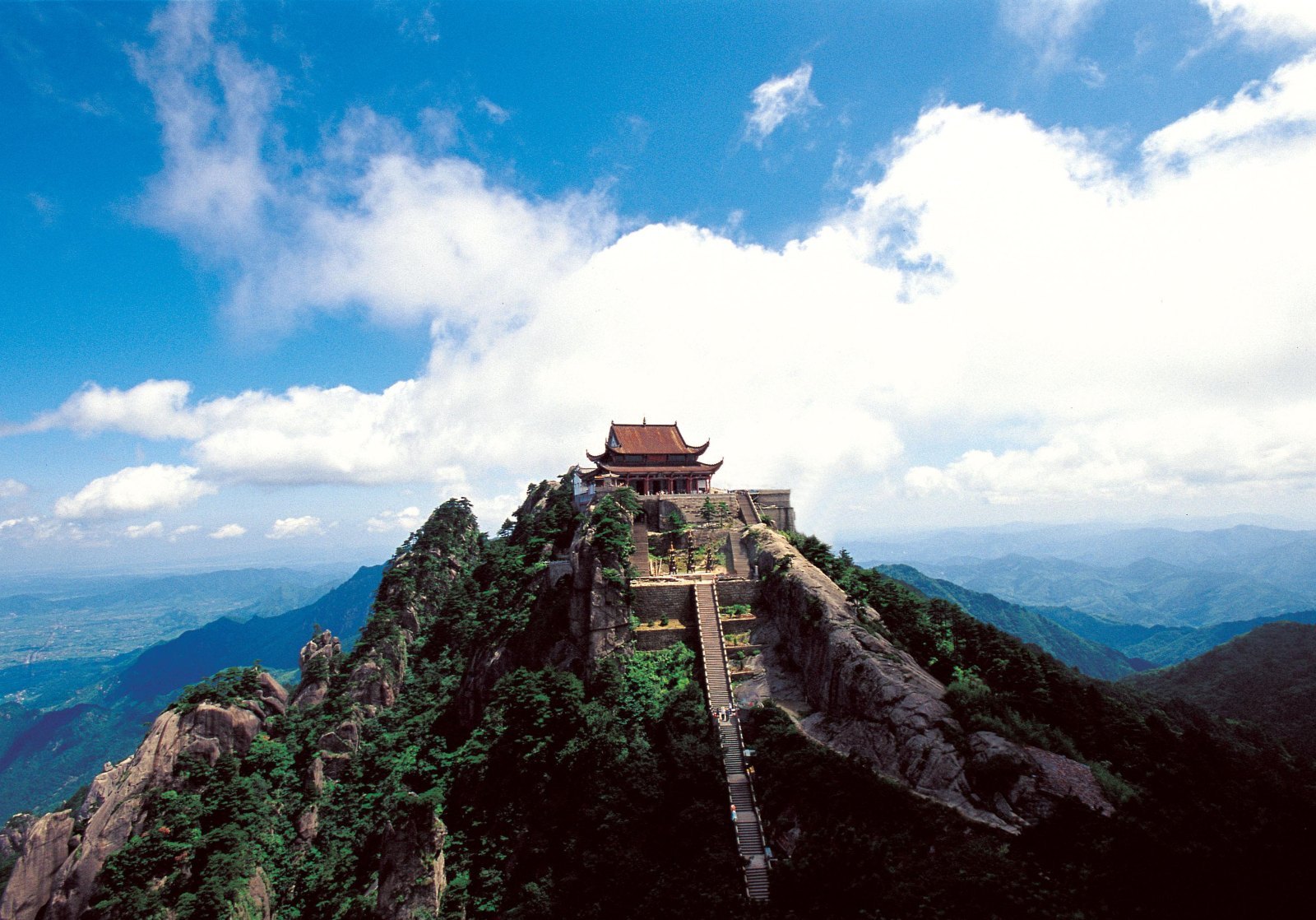Nestled in Qingyang County of Chizhou City, Anhui Province, Mount Jiuhua stands as one of China's Four Sacred Buddhist Mountains, alongside Wutai, Emei, and Putuo. This UNESCO-listed site combines breathtaking natural scenery with profound religious significance, earning its reputation as the "Lotus Buddhist Kingdom" for its nine main peaks resembling lotus petals floating above the clouds.
Covering 120 square kilometers with 99 peaks (the highest being Shiwang Peak at 1,342 meters), this 5A-class national scenic area attracts pilgrims and nature lovers alike with its:
Ancient temples (over 90 monasteries, including 9 nationally protected)
Unique "incorruptible bodies" of enlightened monks
Stunning granite landscapes shaped over 100 million years
Rich biodiversity with rare species like golden pheasants and giant salamanders
Highlights of Mount Jiuhua
1. Living Buddhist Heritage
As the bodhimanda (sacred site) of Ksitigarbha Bodhisattva, Jiuhua's spiritual legacy began in the 8th century when Korean prince Kim Qiaojue (later revered as Jin Dizang) came here to meditate. After his death at age 99, his preserved body was enshrined, establishing Jiuhua as a pilgrimage center.
Today, visitors can:
See 8 preserved "flesh bodies" of monks in temples like Centenary Palace and Roushen Hall—a phenomenon science still can't fully explain
Witness daily rituals at Huacheng Temple where monks chant amid Ming-era architecture
Explore Zhiyuan Temple with its tilted gate (designed to ward off evil) and exquisite statues of the Medicine Buddha
2. Natural Wonders
Jiuhua's landscapes inspired Tang Dynasty poet Li Bai to rename it from "Nine-Son Mountain" after writing: "From the river hangs emerald water, showing nine lotus blooms." Highlights include:
Tiantai Peak ("Heavenly Terrace"): The summit offering panoramic views of the Yangtze River and sea of clouds
Five Old Men Peaks: Rock formations resembling elderly sages
Minyuan Bamboo Forest: A tranquil valley of swaying bamboo groves
Seasonal spectacles like spring azaleas, summer waterfalls, and winter rime ice
Best Time to Visit
Ideal Seasons:
Spring (April-May): Mild temperatures (15-25°C); blooming rhododendrons paint the slopes pink
Autumn (September-November): Crisp air (10-20°C) with golden foliage; fewer crowds
Summer (June-August): Cool retreat (5-10°C cooler than lowlands), though fog may obscure views
Monthly Guide:
| Month | Highlights | Considerations |
|---|---|---|
| Apr-May | Flower season; comfortable hiking | Occasional rain |
| Jun-Aug | Lush greenery; vibrant temple festivals | Peak crowds; humid |
| Sep-Oct | Clear skies for photography | Cooler nights |
| Nov-Mar | Snow transforms temples into winter wonderlands | Some trails close; avg. 5°C |
Avoid: National holidays (like Oct 1-7) when pilgrim crowds surge.
Travel Tips
1. Getting There
From Shanghai/Hangzhou: High-speed rail to Chizhou Station (3-4 hrs), then bus to Jiuhua (1 hr)
From Wuhan: Direct buses (4 hrs) or drive via G50 Expressway
Park Entry: ¥160 (valid 2 days); cable cars cost extra (¥85-100/section)
2. Essential Packing List
Sturdy shoes: For steep, uneven stone paths
Rain gear: Annual rainfall exceeds 1,800mm
Layers: Mountain weather changes rapidly
Cash: Many temples/shops don't accept cards
3. Unique Experiences
Sunrise at Tiantai Peak: Arrive by 5AM for misty golden vistas
Vegetarian cuisine: Try Jiuhua tofu and lotus root soup at temple kitchens
Tea tasting: Sample Jiuhua Cloud Tea grown at high elevations
4. Safety Notes
AED stations: 24 emergency defibrillators are installed across key areas
Slow descent: Use trekking poles on slippery steps
Altitude awareness: Stay hydrated above 1,000 meters




































